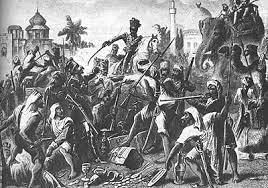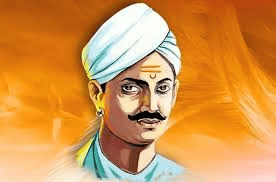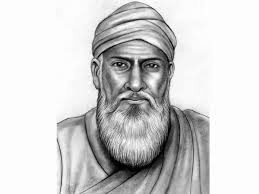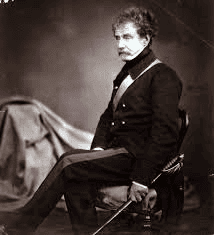|
Card: 1 / 50 |
The Revolt of 1857 is often referred to as the first war of independence against ___ rule. |
|
Card: 3 / 50 |
True or False: The period between 1757 and 1857 in India was characterized by complete peace and stability. |
|
Card: 5 / 50 |
Fill in the blank: The immediate effect of the Revolt of 1857 was the end of ___ rule in India and the establishment of ___ rule. |
|
Card: 7 / 50 |
True or False: The East India Company's policies, such as the Doctrine of Lapse, increased political prestige among the Indian ruling princes. |
|
Card: 8 / 50 |
False. The Company's policies resulted in contempt for the Company and a loss of political prestige among the ruling princes.  |
|
Card: 9 / 50 |
What was a major administrative cause of discontent leading to the Revolt of 1857? |
|
Card: 10 / 50 |
Rampant corruption in the Company's administration, particularly among police and lower officials.  |
|
Card: 11 / 50 |
Fill in the blank: The Religious Disabilities Act of 1856 was a socio-religious cause of discontent as it involved taxing ___ and ___ lands. |
|
Card: 13 / 50 |
True or False: The sepoys were satisfied with the General Service Enlistment Act of 1856, which required them to serve wherever the government deemed necessary. |
|
Card: 14 / 50 |
False. The Act caused resentment among sepoys as it conflicted with their religious beliefs and service conditions.  |
|
Card: 15 / 50 |
Which outside events coincided with the Revolt of 1857 and contributed to British vulnerabilities? |
|
Card: 17 / 50 |
Fill in the blank: The policies of the East India Company, including the imposition of high tariff duties on Indian goods, aimed to cripple the ___ class in India. |
|
Card: 19 / 50 |
What were the socio-religious attitudes of the British that contributed to the discontent among Indians before the Revolt of 1857? |
|
Card: 20 / 50 |
The British exhibited racial overtones and a superiority complex towards the Indian population.  |
|
Card: 23 / 50 |
True or False: The greased cartridges used by sepoys were made with beef and pig fat. |
|
Card: 25 / 50 |
The sepoy Mangal Pande fired at his sergeant major in ___ as a precursor to the revolt. |
|
Card: 27 / 50 |
Fill in the blank: Nana Saheb proclaimed himself the Peshwa and acknowledged Bahadur Shah as the ___ of India. |
|
Card: 29 / 50 |
In which region did Maulvi Ahmadullah emerge as a leader during the revolt of 1857? |
|
Card: 31 / 50 |
True or False: The revolt of the sepoys did not see any participation from the civilian population. |
|
Card: 33 / 50 |
Fill in the blank: The revolt spread rapidly from Punjab in the north to the ___ in the south. |
|
Card: 35 / 50 |
What was the significance of choosing Bahadur Shah as the symbolic head of the revolt? |
|
Card: 36 / 50 |
It recognized the long reign of the Mughal dynasty as a symbol of India's political unity.  |
|
Card: 37 / 50 |
Fill in the blank: At Delhi, the real command of the revolt was held by a court of soldiers led by General ___ Khan. |
|
Card: 42 / 50 |
False. The Rani of Jhansi died on the battlefield in June 1858, before Jhansi was recaptured.  |
|
Card: 49 / 50 |
True or False: The British successfully suppressed the revolt without any significant resistance. |
|
Card: 50 / 50 |
False. There was significant resistance, particularly in places like Delhi, Kanpur, and Jhansi. 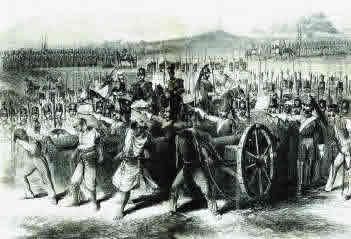 |




